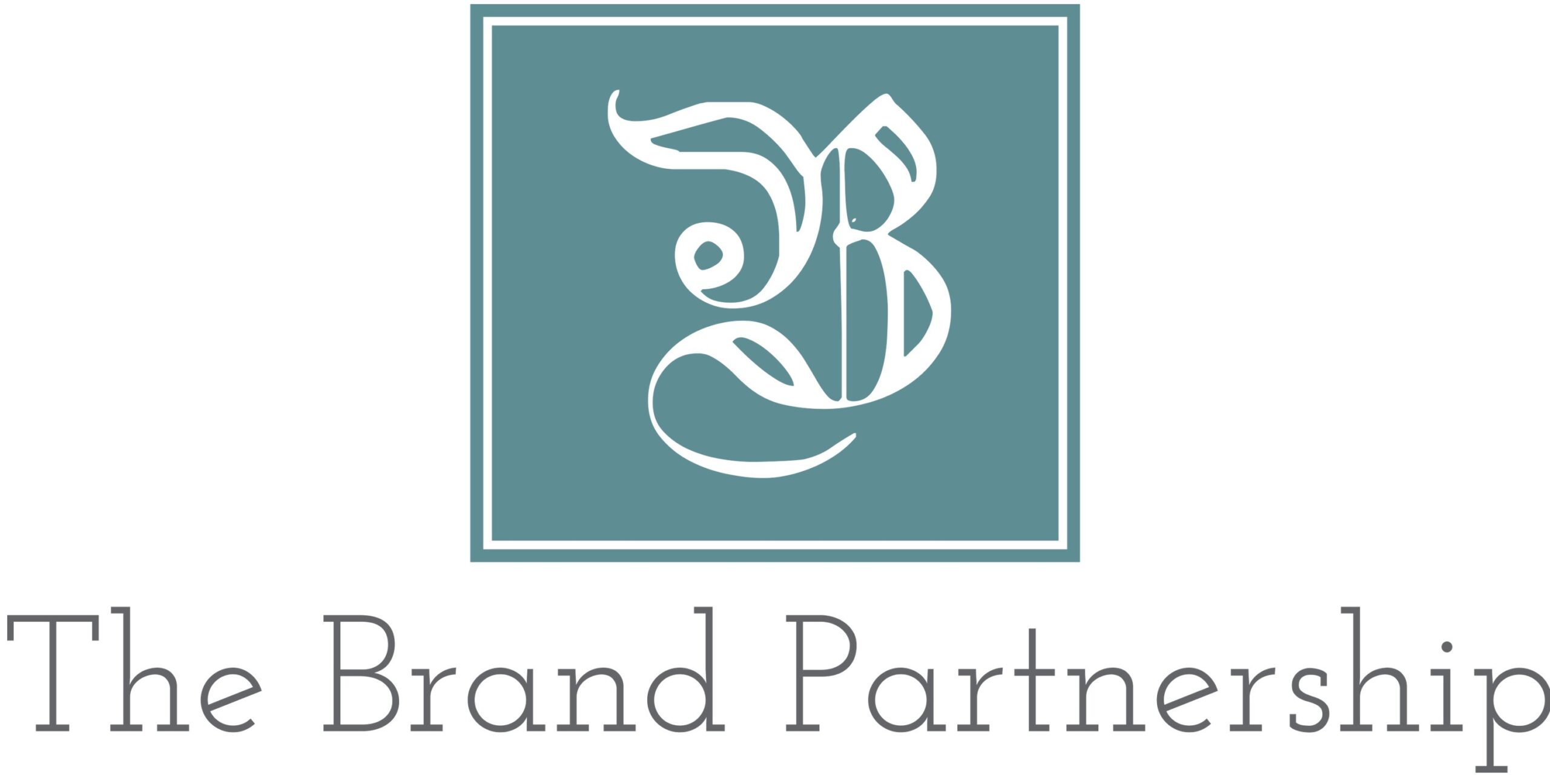In today’s competitive business landscape, thought leadership has emerged as a powerful strategy for elevating both individual executives and their companies. Customers want to do business with people and brands they trust, and trust is developed in part through credibility and expertise. Positioning yourself as a thought leader can enhance your reputation, credibility, and influence within your industry.
Unlike other marketing formats, thought leadership content is highly impactful at every stage of the customer journey and purchase funnel – for customers just beginning their search (awareness and information gathering) to consideration (looking between companies or products) to purchase (answers to questions about the product before purchase). In this blog post, I share 10 tips for creating effective executive thought leadership marketing.
1. Align Internally on Your Company’s Priorities and Perspectives
Effective thought leadership is an extension of your brand values, beliefs and priorities. Although not everyone within an organization will agree on everything, thought leadership works best when it can be shared and validated by different organizational leaders and employees.
2. Set Your Thought Leadership Goals
What do you want to accomplish? Strengthening trust and increasing revenues are two likely goals. But there are numerous measurable objectives that ladder up to these broader goals. Some of these include brand awareness, engagement, video views, job applications, and much more.
3. Know Your Audience
Crafting effective thought leadership content means you know who your audience is and what matters to them. Ideally, you know what types of content they are searching for on the internet and how your opinions, advice and points of view will align. One of the keys to content marketing is relevance to the audience. That is important for thought leadership content as well.
4. Identify Your Niche
Thought leadership is not about being an expert in everything; it’s about focusing on a specific niche and excelling within it. Determine the areas where your expertise aligns with your company’s goals and industry trends. Delve deep into these subjects, and offer unique insights that can genuinely benefit your audience. By establishing a clear niche, you will develop a reputation as a reliable source of valuable information.
5. Create Consistent Thought Leadership Content
Content is the foundation of thought leadership marketing. Regularly publish high-quality articles, blog posts, whitepapers, videos, social media posts, infographics, and speaking event highlights that showcase your expertise and thought-provoking ideas. Share your knowledge and experiences with your audience, and remember to keep the content concise, relevant, actionable, and engaging. It also should be easily digestible and shareable. Utilize various channels, including your company’s website, blog, and social media, as well as industry publications, to amplify your message and reach a broader audience.
6. Leverage Social Media
Social media platforms play a pivotal role in thought leadership marketing. Be active on channels like LinkedIn, Twitter, and consumer-facing platforms (Facebook to TikTok) if your target audience is there. Share your content, engage in conversations, and participate in industry-related discussions. Building an online presence and engaging with your audience will help solidify your thought leadership position.
7. Speak at Events and Conferences
Public speaking engagements provide an excellent opportunity to establish your executive thought leadership. Seek relevant industry events and conferences, and submit proposals to speak on topics that align with your expertise. Speaking engagements not only increase your visibility but also allow you to network with peers and potential clients.
8. Foster Collaboration and Partnerships
Thought leadership is not a solitary pursuit. Collaborate with other industry leaders, influencers, and organizations. Engage in co-authored content, joint webinars, or panel discussions. Such collaborations can introduce you to new audiences and add credibility to your thought leadership efforts.
9. Engage with Your Audience
Building thought leadership is not just about sharing your ideas; it’s about engaging with your audience. Respond to comments, answer questions, and acknowledge feedback promptly. Actively listen to the concerns and needs of your audience, and tailor your content to address those issues. Engaging with your audience creates a sense of community, builds trust, and fosters loyalty.
10. Measure and Analyze
To gauge the effectiveness of your thought leadership marketing efforts, it’s crucial to measure and analyze the relevant metrics. Keep an eye on website traffic, social media engagement, content shares, and lead generation. Analyzing these metrics will help you understand what works best so you can refine your strategy and tactics accordingly.
Becoming a thought leader requires dedication, consistency, and an unwavering commitment to providing value to your audience. By identifying your niche, creating compelling content, leveraging social media, speaking at events, engaging with your audience, and measuring your efforts, you can pave the way for a successful executive thought leadership marketing campaign. Remember, the goal is not just to market yourself, but to contribute meaningfully to your industry while building lasting relationships along the way.

